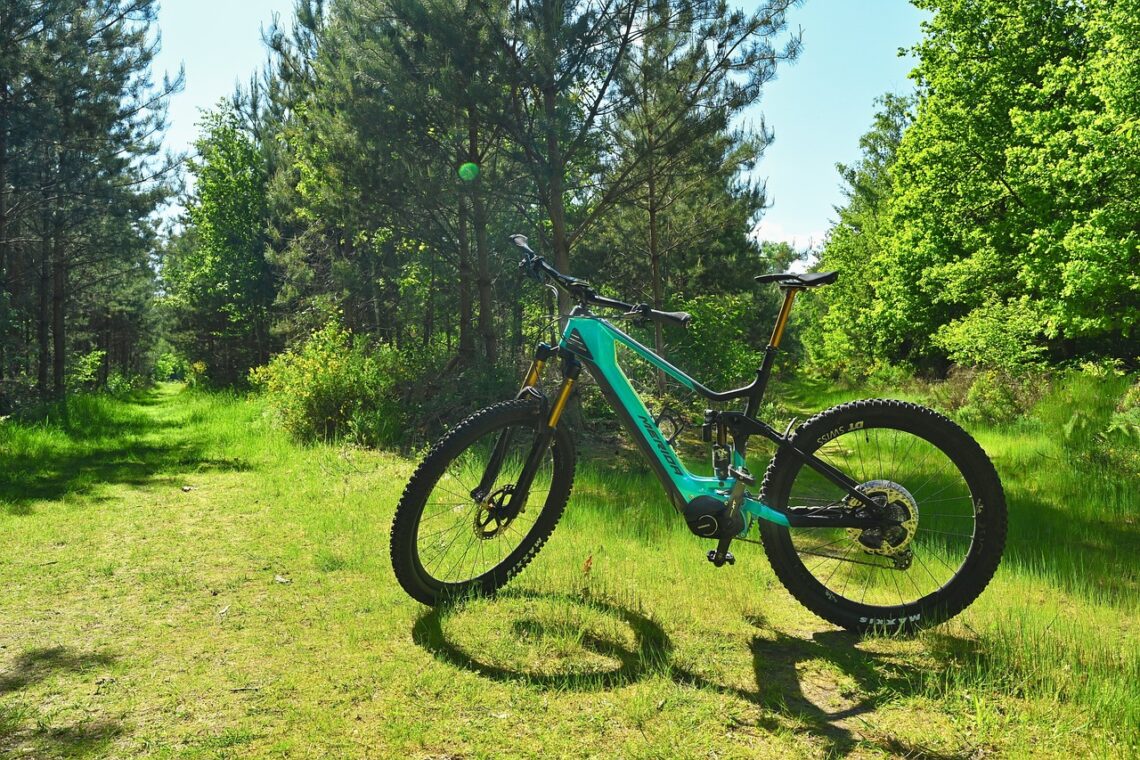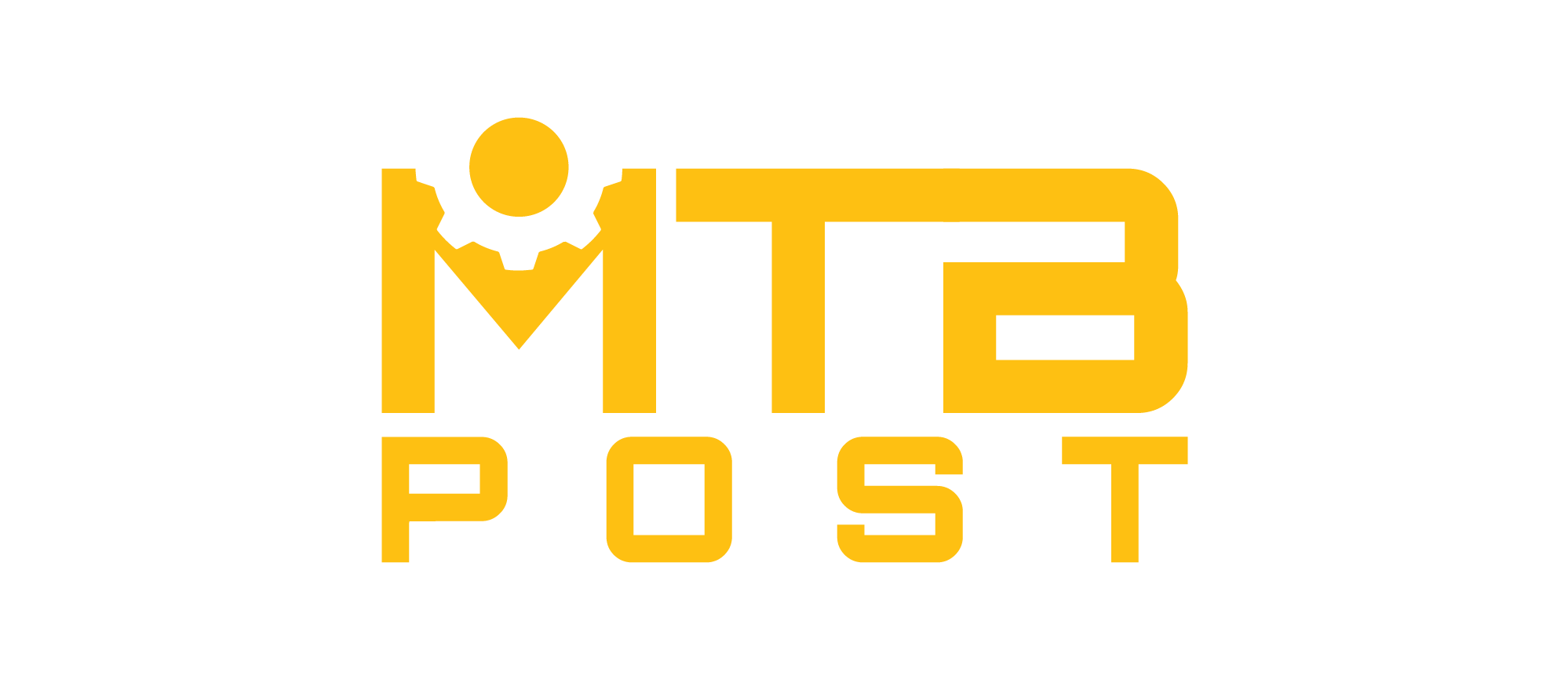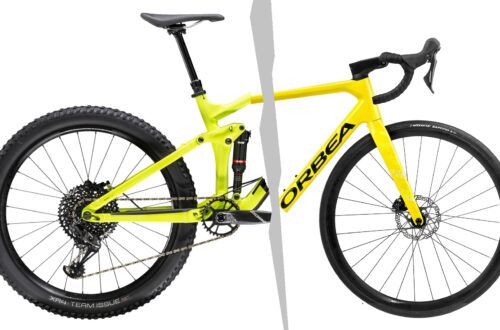
Why Are Electric Mountain Bikes So Expensive?
Are you in the market for an electric mountain bike? You might wonder, compared to a regular mountain bike, why they are so expensive. We can all understand that a motor and a battery adds to the value, but what’s more to it?
Electric mountain bikes are more expensive in two categories: the selling price and the running costs. The selling price is higher because the concept is relatively new and because of the added components like the battery, motor, and the control unit. The running costs are higher because of the increased stress to the bike and the risk of a motor or battery failing.
But other than the initial price of a bike, there a more factors that can make a product expensive. What about the running costs? There are a few hidden expenses that you may have not considered. I’ve done a lot of research before buying an eMTB myself, and I’m going to share my experience in this article.
What Does A Reasonable Electric Mountain Bike Cost?
Online you’ll find that there are a lot of less known brands which offer electric mountain bikes for far less money than the well-known brands. Since we’re talking about a product with electrical components and parts that are subject to wear and tear, I strongly wouldn’t advice you to get one of a unknown brand. If your local professional bike shop doesn’t have the tools to work on it or plug it into the computer, don’t buy it. In this article we’ll only be looking at the pricing of the well-known brands like: Cube, Cannondale, Haibike, Orbea, Scott, Specialized and Trek.
When looking at these brands, the average starting price for a full suspension electric trail bike is €4500 or $4800. A non-electric entry level full suspension trail bike with will set you back €2300 or $2500. If the latter is the money you’d normally spend on a new mountain bike, then to almost double that amount for an e-bike is a tough pill to swallow. But I do want to mention that comparing an e-mtb to a regular mountain bike just by its price, is like comparing apples to oranges; they both have their own place in the world of mountain biking.
The most expensive electric mountain bike will cost €14.000 or $15.000, but you will also find regular mountain bike in that price range. More on this subject in my article: What’s The Most Expensive EMTB?
What Factors Make An Electric Mountain Bike Expensive?
As we’ve established, an e-mtb is more expensive than a regular mountain bike. But what are the factors that determine that price?
Battery And Motor
First of all, lets get the elephant out of the room: the battery and motor are the most obvious ‘extra’ components and together they are accountable for a large percentage of the price of a bike. A battery as well as a motor (depending on power and watt-hours), costs €400-900 or $500-1000.
Relatively New
As you can read in my article Are electric mountain bikes the future?, mountain bikes in general but especially electric mountain bikes, haven’t been around for that long. Which makes them still relatively new. And with anything new, it’s expensive. When a new type of phone enters the market, it’s initially fairly expensive. When it catches on with the public and more phone brands start producing the phone, prices will come down. The same goes for eMTBs: manufacturers will constantly enhance their products which will make them better as a consumer product but also more efficient to produce.
Control Unit
The control unit looks a bit like a normal bike computer, but on an e-bike, it controls the entire system. It’s situated on your handlebars or built in to your frame. Here you can turn the bike on/off and switch through the modes. More advanced units are smart and give you the option to modify modes to your own preferences and even sync with your phone. An advanced display will costs up to €200 or $220.
Software
A factor that often gets overlooked, is the software on which your bike runs. It’s designed by the manufacturer of the motor to be optimal for a wide audience. Existing software can be altered by the manufacturer through a software update. The update then has to be carried auto by a bike dealer. Manufacturers optimize software to resolve bugs, increase power, add modes or to improve their system for detecting tampering. More on tampering in my article Should you derestrict your electric mountain bike?. Designing the software of an e-bike is costly of course.
Components
With an electric mountain bike, you can do the same as you would with a regular mountain bike, but faster and further. Because of the increased speed and torque, the bike has to be able of cope with higher impacts as a result of greater forces. Also the system weight (the weight of you, your bike and your kit combined) is higher than on a regular bike. For this reason, eMTBs have beefier components such as suspension, brakes, wheels and drive train. Often they are eMTB-specific which means the’re specially made for an electric mountain bike.
I will now discuss what’s actually eMTB-specific about the aforementioned components. It’s difficult to put a price figure to the them since they differ from bike to bike. But as you can imagine, with materials of a higher grade and parts of a larger size, the price tag is bigger.
Suspension
The suspension (front and/or rear) of an electric mountain bike often has a longer travel and a larger stanchion. A travel of 150mm for a front fork means that the front axle can move 150mm in an almost vertical direction. The stanchion of 34 means that the part of the fork which slides into the lower part of the fork, has a diameter of 34mm. A longer travel and a larger stanchion makes the bike more capable of dealing with bumps and jumps, whilst remaining the stiffness. Characteristics which make a fork an eMTB-specific fork, are custom dampers and a custom air spring tune.
Brakes
As with anything powerful, braking power is necessary. Larger brake discs and a larger caliper create more braking torque. It’s also important that braking performance will remain the same for a long period of time. Heat management is key here. The brakes of an electric mountain bike are comparable to the brake that you’ll find on a non-electric downhill mountain bike. Rotor diameters of 200+mm and 4-piston calipers are no exception.
Wheels
With more stress on the suspension and brakes, the wheels also have it harder. They have to deal with impacts and a lot of torque for a longer period of time. To cope with all of this, wheels on an electric mountain bike need to be more durable. To realize this, the wheels have a stronger freehub, oversized wheel bearings and a stainless steel ratchet.
Drive Train
The drive train on a electric mountain bike looks no different from the one on a regular mountain bike. But it actually is. With the huge amount of power that the motor can deliver, the chain ring, chain, cassette and derailleur have to cope with this.
Unlike you’d expect, the chain no different from a regular mountain bike. There are eMTB-specific chains, but most e-bikes run a standard chain. The cassette however, is different from standard. Since weight isn’t such a big of a deal on an e-mtb, the cassette is made from steel which makes it more durable. But if you were to shift up or down a few gears in one push of the shifter, you could still easily break a tooth of the cassette under maximum load. To prevent this, the bike comes with an eMTB-specific shifter which allows you to shift only one gear at a time.
Is An Electric Mountain Bike Expensive To Run?
There are other ways to determine if something is expensive other than looking at the selling price: the running costs. We’ve talked about the fact that electric mountain bikes have higher grade component for it to be capable of dealing with almost anything it comes across. But it’s greatest selling point: the power of the motor, is also it’s greatest weakness. Not so much the motor or battery itself, but the wear parts of an bike wear a lot faster than on a regular bike.
The drive train of the current eMTBs, consists of a chain ring, a cassette and a chain. By riding often in the fastest gear (smallest cog), you put all that torque through the least amount of teeth on your cassette. If you also often shift under full load, your chain and cogs will wear out quickly. Because of the stimulating effect an eMTB has, you’ll ride more often and further. These two factors together, make that you are replacing your drive train more often. The same goes for tires, brake pads, brake discs, wheel bearings; they all need replacing sooner than on your regular mountain bike.
If the motor or battery dies outside of the warranty period or because of your own actions, than that is a very costly repair. This is definitely something to keep in mind before you make the decision of purchasing an e-mtb using your last savings.
The running costs make an electric mountain bike more expensive to run.
Will The Price Of An Electric Mountain Bike Come Down?
Since electric mountain bikes are fairly new, there’s still a lot of room for improvement. When electric mountain biking covers more ground, supply will increase and prices will come down a bit. As technology evolves, there is room for improvement in mainly two areas: the weight of the bike and the drive train. With loosing a few pounds, the range of the bike will increase, whilst the stress on the components will decrease. With improving the drive train or replacing it with a different technology, the running costs that apply to this part, will come down.
Summary: Why Are Electric Mountain Bikes So Expensive?
In this article we’ve looked at why electric mountain bikes are so expensive. There are two categories in which an eMTB is more expensive than a regular mountain bike: the selling price and the running costs.
The factors that make the selling price of an electric mountain bike higher are: the motor, battery, control unit, software and the higher grade (eMTB specific) components. At last, it has also to do with the fact that they are relatively new to the market.
The reason for the higher running costs, has to do with the weight of the bike and the usage. EMTBs are used more often and more heavily. This results in greater wear of the components which means that they need replacing more frequently. When main components like the motor or battery fail, it is also a very costly repair.
As time goes on and sales figures rise, electric mountain bikes will further develop and become more accessible for a wide audience. With removing a bit of weight and improving the drive train, they will become more durable which in its turn will decrease the running costs.
Frequently Asked Questions
Are Electric Mountain Bikes Worth It?
An electric mountain bike is very different from a regular mountain bike and more expensive. You should test one out for yourself to find out if an e-bike suits your purpose. In general, on an e-mtb you ride faster, further and more often.
Should You Convert Your Standard Mountain Bike To Electric?
Although is may be cheaper to convert a mountain bike to an electric bike, it’s not the same thing. An e-mtb is fully adapted for riding under heavy conditions. It has different suspension, wheels, frame and drive train. A converted mountain bike would be unsuitable for dealing with the extra load.
Are Chinese Electric Mountain Bikes Any Good?
This completely depends on the brand but generally speaking, it is not advised to get a bike from an unknown brand. EMTBs have a number of electrical components and wearing parts. If there is an error or a component fails, it would be very difficult to get assistance for a bike that is not common.





